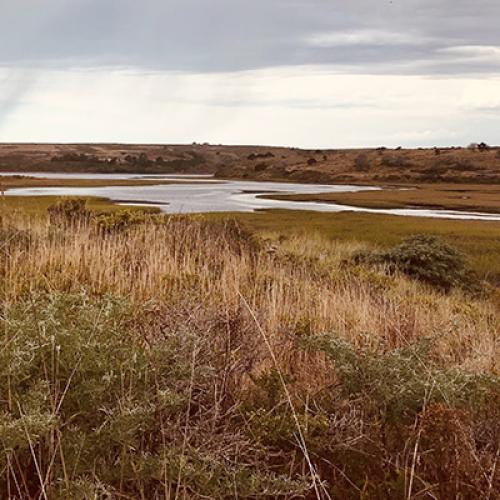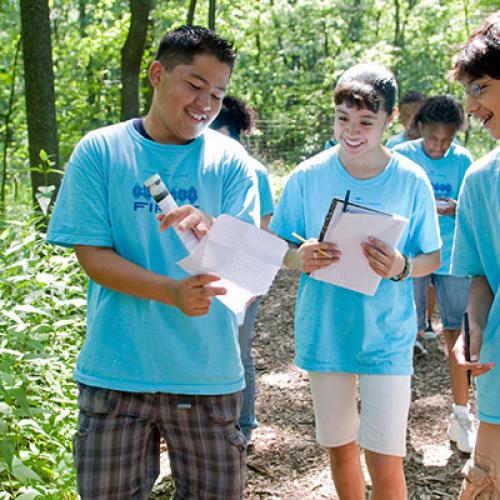Investigating Plant and Fungal Diversity
Rapid land use and environmental change have the potential to eliminate species before they can be identified, yet understanding the diversity of ecosystems is essential in optimizing habitat restoration and management. Understanding the diversity and evolutionary history of plants and fungi provides the historical context that enriches our appreciation of the diversity that is found in native habitats.













